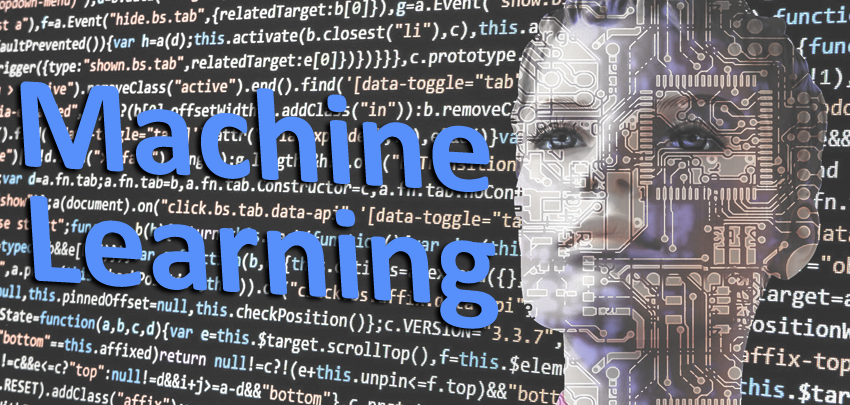
Machine Learning is a type of artificial intelligence (AI) that allows software applications to become more accurate in predicting outcomes without being explicitly programmed. The basic premise of machine learning is to build algorithms that can receive input data and use statistical analysis to predict an output value within an acceptable range. These computer programs are enabled to learn, grow, change, and develop by themselves.
To better understand the uses of machine learning, consider some of the instances where machine learning is applied: the self-driving Google car, cyber fraud detection, online recommendation engines like friend suggestions on Facebook, Netflix showcasing the movies and shows you might like, and “more items to consider” and “get yourself a little something” on Amazon are all examples of applied machine learning. Traditionally, data analysis was always being characterized by trial and error, an approach that becomes impossible when data sets are large and heterogeneous. Machine learning comes as the solution to all this chaos by proposing clever alternatives to analyzing huge volumes of data. By developing fast and efficient algorithms and data-driven models for real-time processing of data, machine learning is able to produce accurate results and analysis.
Objectives
In this Course You will learn an introduction to machine learning / AI (artificial intelligence) and neural networks (often referred to as deep learning) technologies, and Fundamentals of Machine learning Models, used cased and examples for one of the hottest topics in this century
